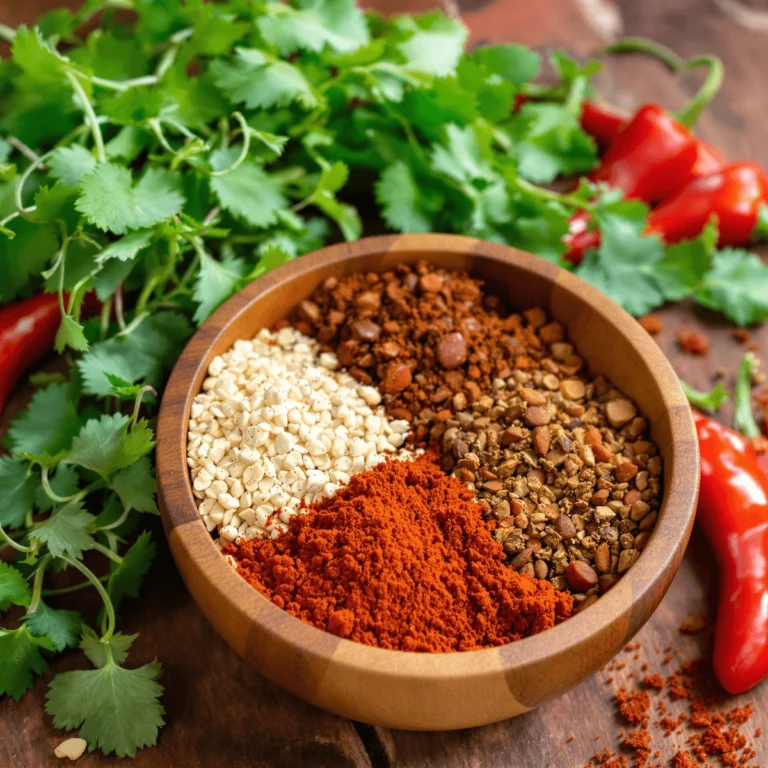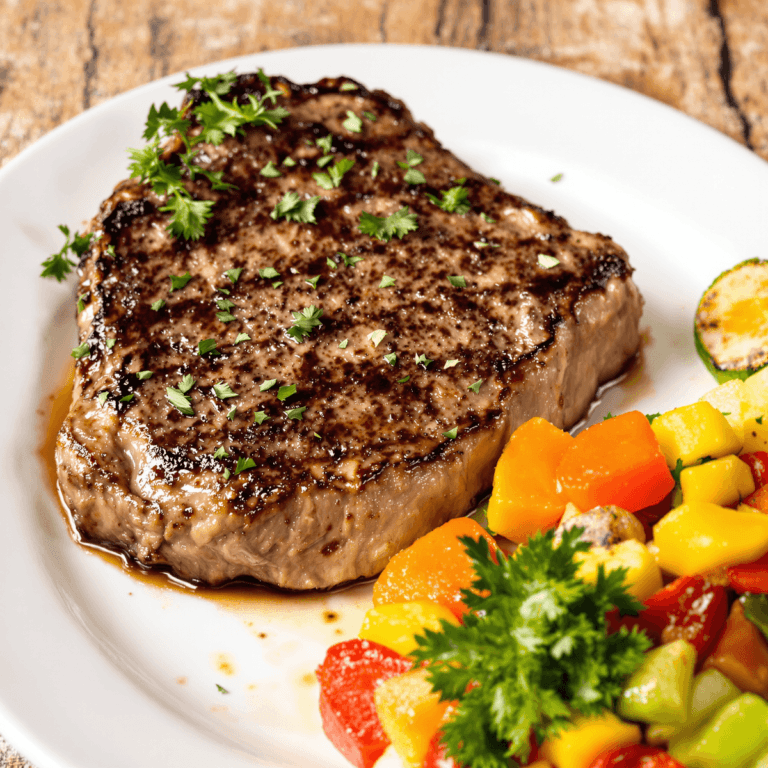The Best Healthy recipes & Workout you will fall in love with. Full of tips and tricks to help you make the best Version of You .
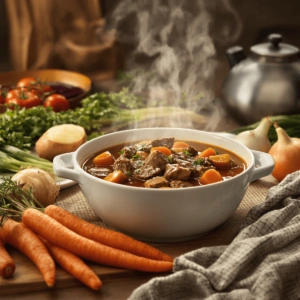
Table of Contents
Table of Contents
Introduction
A steaming bowl of perfectly cooked stew beef is the ultimate comfort food. This classic dish turns simple ingredients into a delicious meal with the help of slow cooking. As everything simmers gently, the flavors from each ingredient blend together, creating a delightful combination that pleases your taste buds.
You don’t need to be a professional chef to make the perfect stew beef – all you need is some patience and carefulness. The slow cooking method breaks down tough meat fibers, making the beef incredibly tender and juicy. At the same time, the vegetables absorb all the rich flavors, becoming irresistibly tasty.
Are you ready to learn how to make one of the most popular stew beef recipes? In this article, we’ll walk you through five easy steps that will guide you in preparing a memorable meal that your family will keep asking for.
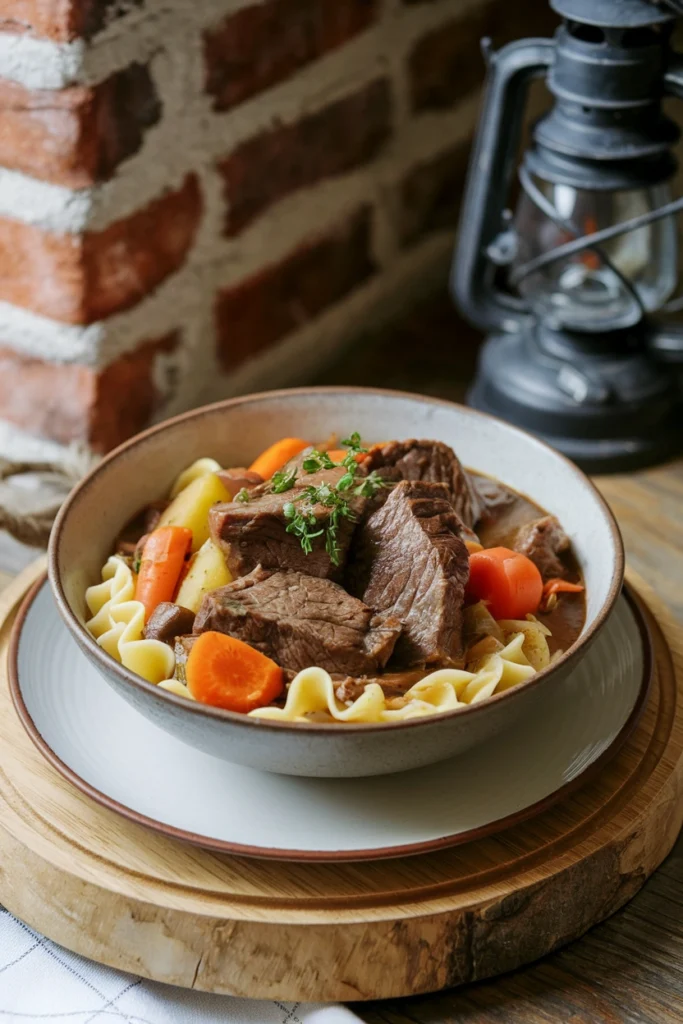
Step 1: Preparation of Ingredients
The foundation of a perfect stew starts with selecting the right cut of beef. Chuck roast stands out as the ideal choice, offering rich marbling and connective tissue that breaks down during cooking to create tender, flavorful meat.
Preparing the Beef
Cut your chuck roast into uniform 1-2 inch chunks:
- Remove excess fat while keeping some for flavor
- Make clean, straight cuts against the grain
- Keep sizes consistent for even cooking
Preparing the Vegetables
Your vegetable preparation sets the stage for a hearty stew:
- Carrots: Cut into 1-inch diagonal pieces
- Potatoes: Quarter into chunky pieces
- Onions: Rough dice into large segments
- Celery: Slice into ½-inch pieces
Seasoning the Ingredients
Seasoning your ingredients properly creates layers of flavor:
- Pat beef chunks dry with paper towels
- Season generously with kosher salt
- Add fresh ground black pepper
- Let seasoned meat rest at room temperature for 15-20 minutes before cooking
Pro tip: Keep your vegetable pieces slightly larger than your meat chunks – they’ll hold their shape better during the long cooking process.
Step 2: Searing the Beef
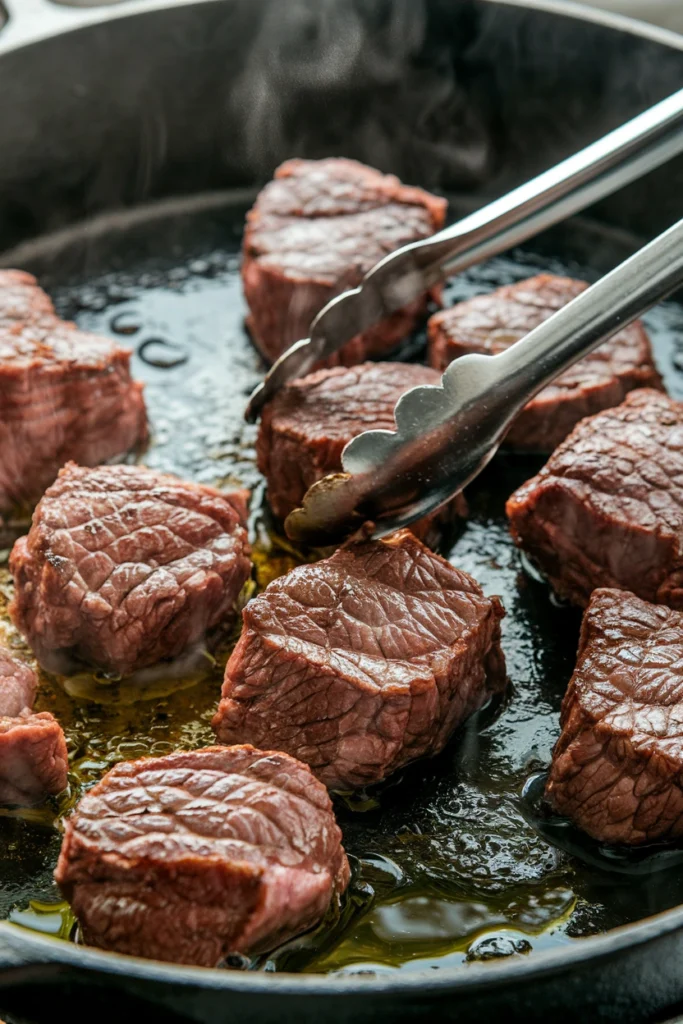
Searing your beef chunks is a crucial step that adds a burst of flavor to your stew. It involves cooking the meat at high heat to create a delicious brown crust through a process called the Maillard reaction. This not only enhances the taste but also gives the stew a rich and satisfying base.
Choosing the Right Oil
To achieve the perfect sear, it’s important to use an oil with a high smoke point. Here are some options you can choose from:
- Vegetable oil
- Canola oil
- Grapeseed oil
Mastering the Art of Searing
Follow these essential techniques for searing beef like a pro:
- Pat the meat dry with paper towels to remove any excess moisture.
- Heat the oil in your pan until it shimmers but doesn’t start smoking.
- Place the beef chunks in the pan, making sure to leave about an inch of space between each piece.
- Let each side cook undisturbed for about 2-3 minutes.
- Only turn the pieces when they release easily from the pan.
Pro Tips for Perfectly Seared Beef
Here are some additional tips to ensure you get perfectly seared beef every time:
- Work in batches if you’re cooking a large amount of meat to avoid overcrowding the pan.
- Maintain medium-high heat throughout the searing process for optimal results.
- Resist the urge to move the meat around while it’s searing – this will prevent that beautiful crust from forming.
- For best results, use a cast-iron skillet or heavy-bottomed pot.
The goal here is to achieve a deep brown color on the beef pieces with a slight crust. These browned bits will infuse your stew with intense, savory flavors that will take it to another level.
Step 3: Combining Ingredients
After achieving the perfect sear, add finely chopped onions and minced garlic to the pot. The residual heat will release their natural sweetness, creating a flavorful foundation for your stew. Let these aromatics cook until they turn translucent and fragrant.
The choice of broth plays a crucial role in your stew’s depth:
- Beef Broth: Creates a rich, traditional flavor profile
- Vegetable Broth: Offers a lighter alternative for those watching their meat intake
- Mixed Broth: Combine both for a balanced taste
Elevate your stew’s flavor profile with these essential seasonings:
- 2-3 sprigs of fresh thyme
- 2 tablespoons Worcestershire sauce
- 1 bay leaf
- 1 teaspoon dried rosemary
Pro tip: Pour a splash of red wine into the pot and scrape the bottom to release the flavorful brown bits stuck to the surface. These caramelized pieces contain concentrated flavors that will enrich your stew’s taste.
Mix all ingredients thoroughly, ensuring the meat is completely submerged in the liquid. The combination of aromatics, broth, and seasonings will transform into a rich, savory sauce as it cooks.
Step 4: Simmering to Perfection
Cooking Time Guide:
Simmering transforms your stew from good to exceptional. The gentle, steady heat breaks down the tough muscle fibers in the meat, creating fork-tender results. Keep the temperature low enough that small bubbles occasionally break the surface – never let it reach a rolling boil.
- Stovetop Method: 1.5 to 2 hours at a gentle simmer
- Slow Cooker Method: 2.5 to 3 hours on high, 6 to 8 hours on low
The slow cooker method offers hands-free convenience, while stovetop cooking allows better control over the simmering temperature. Both methods yield tender meat when done correctly.
Pro Tips:
- Check meat tenderness by piercing with a fork – it should slide through easily
- Keep the lid on to maintain consistent temperature
- Stir occasionally to prevent sticking
- Add water if needed to keep ingredients submerged
A properly simmered stew develops a rich, concentrated flavor as the liquid reduces and the ingredients share their flavors with one another.
Step 5: Thickening the Stew
A perfectly thickened stew creates a silky, luxurious sauce that clings to each piece of meat and vegetable. While both flour and cornstarch work as thickening agents, cornstarch produces a glossier finish and maintains clarity in your stew’s sauce.
Creating the Perfect Cornstarch Slurry:
- Mix 2 tablespoons of cornstarch with ¼ cup of cold water
- Stir until completely smooth with no visible lumps
- Pour the mixture slowly into your simmering stew while stirring constantly
- Allow the stew to cook for an additional 5 minutes
Pro Tips for Thickening:
- Never add cornstarch directly to hot liquid – it will create lumps
- Start with a small amount of slurry; you can always add more
- Keep stirring after adding the slurry to prevent sticking
- If your stew becomes too thick, thin it with warm broth
Alternative Thickening Methods:
- Purée a portion of the cooked vegetables
- Use instant potato flakes
- Reduce the liquid through extended simmering
Serving Suggestions
A hearty bowl of stew beef deserves the perfect accompaniment to soak up its rich, flavorful sauce. Here are the best side dishes to elevate your meal:
Classic Comfort Pairings
- Fresh crusty bread or warm dinner rolls
- Creamy mashed potatoes with butter
- Steamed white or brown rice
- Buttered egg noodles
Light & Fresh Options
- Roasted green beans with garlic
- Mixed green salad with vinaigrette
- Steamed broccoli florets
- Sautéed mushrooms
Pro Tip: Serve your stew in deep bowls rather than flat plates to maintain the perfect temperature and preserve the sauce consistency. A sprinkle of fresh parsley adds both color and a burst of fresh flavor to your presentation.
Conclusion
This classic stew beef recipe is the base for many delicious variations. Get creative and try different herbs, spices, and vegetables to make it your own. Add rosemary for a fragrant twist or mushrooms for an earthy flavor. The beauty of stew beef recipes is that you can customize them to suit your taste.
Remember these key elements for success:
- Fresh, quality ingredients
- Proper searing technique
- Patient, slow cooking
- Balanced seasoning
Cooking stew beef will reward you with hearty meals that bring comfort to any table. Each time you make it, you have the chance to experiment with new flavors and perfect this timeless dish.
FAQs (Frequently Asked Questions)
What is the best cut of beef to use for stew beef recipes?
The ideal cut of beef for making perfect stew beef is chuck roast. This cut offers optimal flavor and tenderness when slow-cooked.
How do I prepare the ingredients for a stew beef recipe?
Preparation involves cutting the beef into 1-2 inch chunks for even cooking, preparing vegetables like potatoes, carrots, and onions, and seasoning with salt and pepper to enhance the overall taste.
Why is searing the beef important in stew recipes?
Searing the beef is crucial as it develops flavor and creates a rich base for the stew. It’s important to use the right cooking oil and avoid overcrowding the pan to achieve a good brown crust.
What are some tips for thickening my stew?
You can thicken your stew using cornstarch or flour. A cornstarch slurry is preferred for creating a glossy finish; just be sure to mix it properly without forming lumps.
How long should I simmer my stew beef for optimal tenderness?
Simmering your stew beef should take between 1.5 to 3 hours, depending on whether you are using a stovetop or slow cooker method. This slow cooking allows flavors to meld beautifully.
What are some recommended side dishes to serve with stew beef?
Great side dishes that complement stew beef include bread, rice, and mashed potatoes. These sides enhance the rich flavors of the stew and make for a comforting meal.

